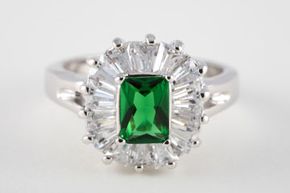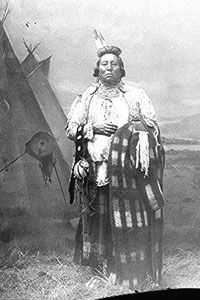Few people live without some type of home insurance, be it homeowner's or renter's coverage. Earthquakes, hurricanes, fires, criminals and all the other unforeseen negatives in our lives make it something of a necessity.
The most common type of home insurance is called "building and contents." That's probably what you have. It basically covers the obvious: roof, walls, fixtures, appliances, floors and many of your personal possessions, like computers and furniture. In case of a disaster, you'll have the money to replace this stuff.
Advertisement
There are some possessions, though, that are less obviously covered. The Picasso your great-grandparents brought with them when they emigrated from Europe, perhaps, or the genuine Oriental rug you inherited from your aunt or the antique desk that's been in your family for generations -- how does your standard insurance policy deal with the irreplaceable objects in your life?
Family heirlooms like these are a tricky area in the insurance world. They may not be covered for their full value under a typical building-and-contents policy; and even if they are, the value of any "collectible" items in your collection can change over time. That Picasso can be worth a hundred thousand or a few million, depending on the art market at any given moment. A beaded purse from 19th century France, worth very little when you inherited it, could suddenly become a trendy collector's item worth a small fortune a decade later.
In this article, we'll look at the factors and steps involved in insuring an heirloom. How you go about covering it depends a lot on what the heirloom is and, even more important, how much it's worth: Insurance policies deal with dollars.
So no matter what the object, the first step is to determine its monetary value.
Advertisement




